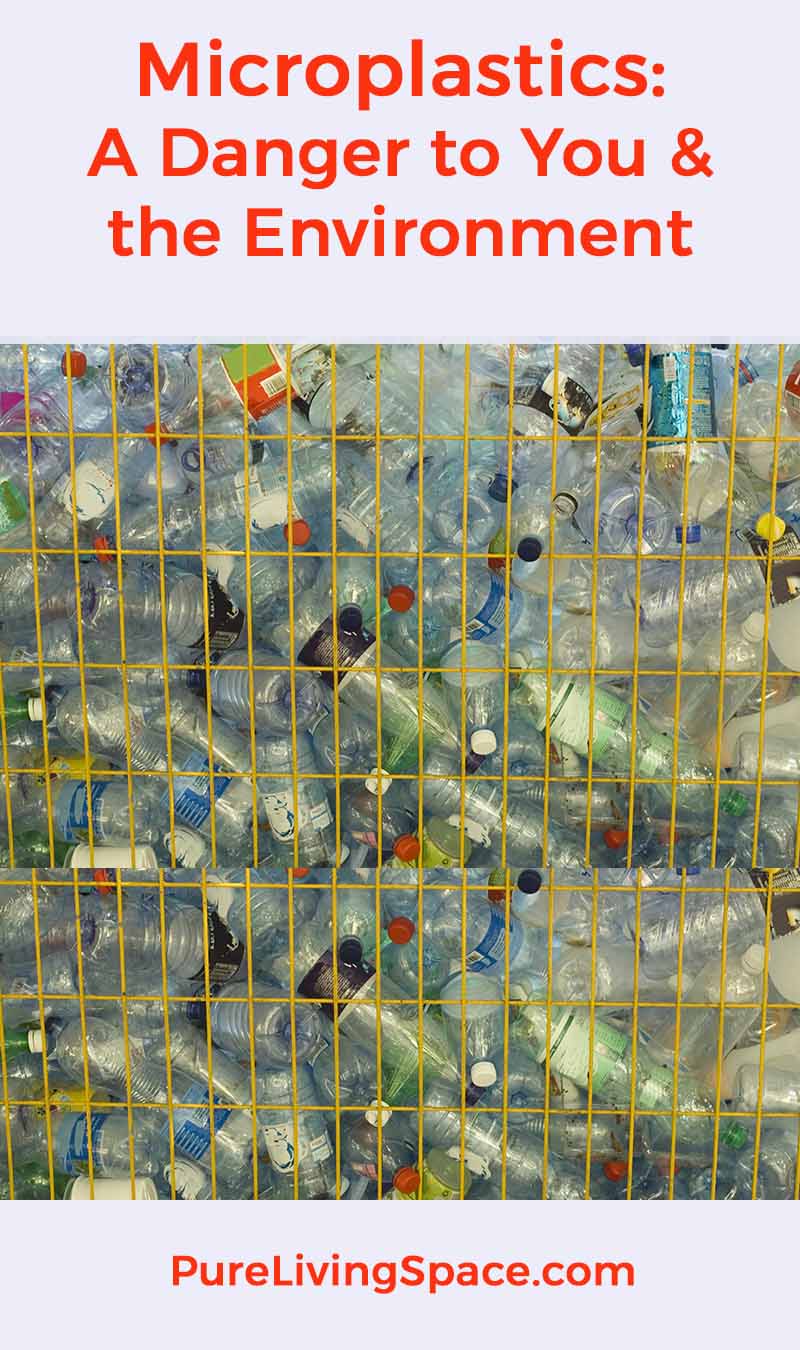
Microplastics - A Danger to You & the Environment
Plastic pollution in oceans is a major concern worldwide with an estimated 269,000 tons of plastic floating in the ocean. However, what started as a marine contamination issue has become a human health issue as well. Today, plastic debris can impact us when we consume contaminated food, drinking water, and air.
What Are Microplastics?
The term microplastics hasn't been around for long. It was coined in 2004 by Richard Thompson, a professor of science and engineering at England's Plymouth University. It refers to bits of plastic smaller than 1 or 5 mm in diameter. These microplastics can be from larger pieces of plastic degrading or microfibers.
Sources of Microplastic Pollution
The sources of microplastics are varied and many sources are surprising. Most of us would assume microplastics originate from plastic waste, but may not realize that microbeads, synthetic fibers, and tire dust are also major contributors to the problem.
- Mishandled Plastic Waste: Plastic that is not recyclable or isn't recycled can break down into smaller pieces resulting in microplastic pollution. This includes forks, bags, containers, toothbrushes and more.
- Microbeads: These plastics are used as scrubbing agents in personal care products like skin cleaners, toothpaste, and shampoo.
- Synthetic Fibers in Laundry: During the wash, synthetic fibers like polyester, acrylic, and fleece release microscopic fibers which in turn get dumped into sewers.
- Tire Dust: Tires emit dust from plastic raw materials which ultimately gets washed down sewers.
- Paints: Latex and acrylic paints are actually liquid plastics that can end up in drinking water sources.
Dangers of Microplastics to You & Environment
It's widely accepted that plastic debris is a marine issue, but researchers agree that it should also be recognized as a human health issue.
Ecotoxicologist, Heather Leslie of VU University of Amsterdam, draws on a large body of studies that provide evidence of how microplastics affect humans. According to Leslie, "They can pass through the placenta and the blood-brain barrier and can be taken up in the gastrointestinal tract and lungs, potential sites where harm can occur."
Studies have shown the following health effects:
- Oxidative stress
- Cell damage
- Inflammation
A Warning for Us
You can be exposed to microplastics by consuming affected seafood, drinking tap water and by breathing air with airborne microfibers.
Muhammad Yunus, a Nobel Peace Prize laureate, said, "We knew plastic is coming back to us through our food chain. Now we see it is coming back to us through our drinking water".
According to a recent Orb study overseen by Dr. Sharon Mason, plastic fibers were found in over 90% of drinking water sampled in the US, in over 83% of samples worldwide, and in three top branded bottled waters in the US.
This means that the plastic fibers that flow into our lakes and rivers that are sources for our drinking water aren't being completely removed during the water treatment process.
It's a scary thought, isn't it?
What Can You Do About Microplastics?
Clearly, the microplastics problem is a global issue affecting us all, so we all must take action. Even small steps will help like reducing plastic consumption and protecting your drinking water. Below are actions you can take:
- Reduce plastic consumption: The average American throws away 185 pounds of plastic each year. Read this article for ways to reduce your plastic usage in the kitchen.
- Opt for natural fibers rather than synthetic fibers: With every wash, synthetic fibers shed plastic fibers. These fibers end up in drinking water by way of sewers and water treatment plants that aren't fully capable of removing microplastics.
- Filter your drinking water: Some water filters are designed to remove microplastics. These water filters are tested and verified to remove microplastics from your drinking water.
A larger solution involves enacting new laws to regulate the handling of plastics more responsibly through recycling, appropriate disposal, and manufacturer responsibility. Creating a new generation of plastics that are more sustainable with a shorter half-life is another strategy.
Learn more about water filters that remove microplastics.


